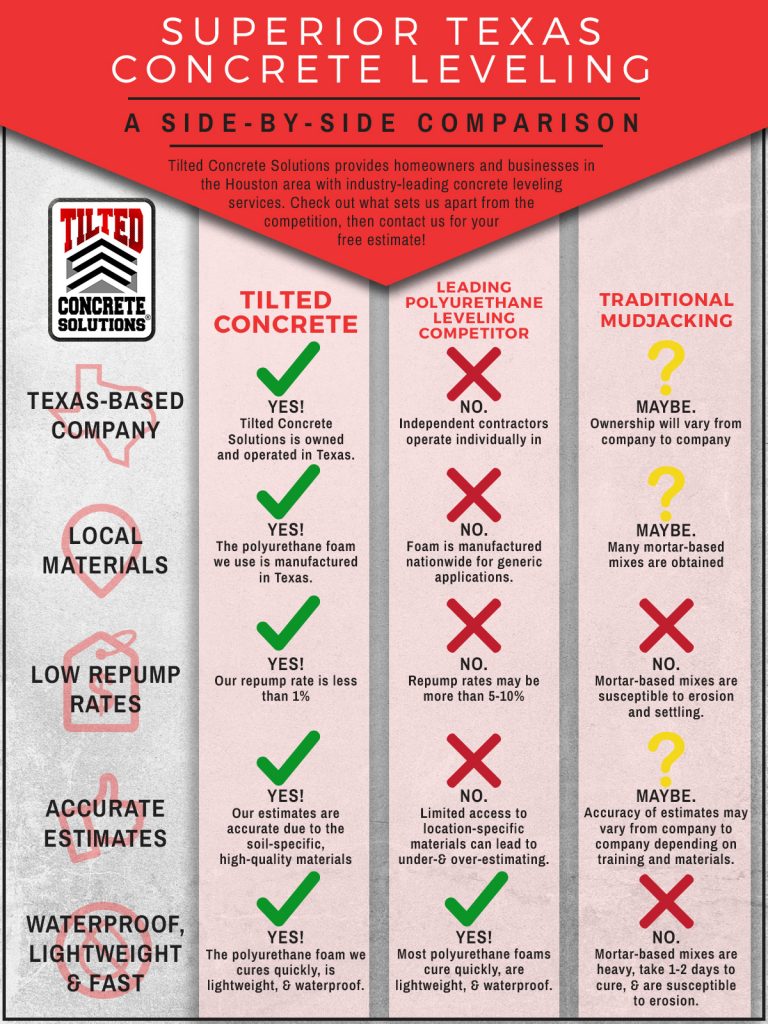Learn How Seasonal Variables Affect Industrial Outside Painting Success And Find The Very Best Times To Guarantee Enduring Results For Your Project
Learn How Seasonal Variables Affect Industrial Outside Painting Success And Find The Very Best Times To Guarantee Enduring Results For Your Project
Blog Article
Authored By-McLamb Whalen
When you're intending a business exterior painting project, seasonal variables can make or break your results. You'll want to think about how temperature level and moisture effect paint application and drying out times. Picking the best season can guarantee your paint sticks properly and lasts much longer. But which seasons are absolutely the best for this kind of work? Let's explore the crucial elements that can influence your job's success.
The Impact of Temperature on Paint Application
When you're intending an industrial external painting task, the temperature level can significantly influence exactly how well the paint adheres and dries.
Ideally, you wish to repaint when temperature levels range in between 50 ° F and 85 ° F. If it's also cold, the paint may not treat properly, causing issues like peeling off or splitting.
On the flip side, if it's as well warm, the paint can dry out as well quickly, protecting against correct attachment and leading to an uneven coating.
You ought to additionally consider the time of day; early morning or late afternoon offers cooler temperatures, which can be extra desirable.
Constantly check the producer's suggestions for the details paint you're using, as they usually provide support on the ideal temperature level range for optimum outcomes.
Humidity and Its Impact on Drying Times
Temperature isn't the only environmental aspect that influences your commercial outside painting task; moisture plays a significant duty too. High humidity degrees can decrease drying times considerably, impacting the general high quality of your paint job.
When the air is saturated with moisture, the paint takes longer to heal, which can cause problems like bad adhesion and a higher danger of mold growth. If you're repainting on a particularly damp day, be gotten ready for prolonged delay times between layers.
It's crucial to keep an eye on neighborhood climate condition and strategy appropriately. Preferably, aim for humidity levels in between 40% and 70% for ideal drying.
Maintaining painting company in mind ensures your job stays on track and supplies a long-term coating.
Best Seasons for Commercial Outside Painting Projects
What's the most effective time of year for your commercial exterior paint jobs?
Springtime and very early fall are generally your best options. During interior painting minneapolis mn , temperatures are mild, and humidity degrees are usually reduced, creating optimal conditions for paint application and drying.
Stay visit this weblink of summer season's intense heat, which can cause paint to completely dry too swiftly, bring about inadequate bond and finish. Similarly, winter's cool temperature levels can hinder appropriate drying and healing, taking the chance of the longevity of your paint job.
Go for days with temperature levels between 50 ° F and 85 ° F for optimum results. Remember to inspect the regional weather prediction for rainfall, as damp conditions can spoil your project.
Planning around these elements ensures your painting project runs smoothly and lasts much longer.
Conclusion
In conclusion, intending your commercial exterior paint projects around seasonal factors to consider can make a substantial distinction in the end result. By scheduling work during the suitable temperature levels and humidity degrees, you'll guarantee better adhesion and drying times. Bear in mind to watch on regional weather report and select the right time of year-- spring and early loss are your best choices. Taking these steps will aid you achieve a resilient and expert finish that lasts.
